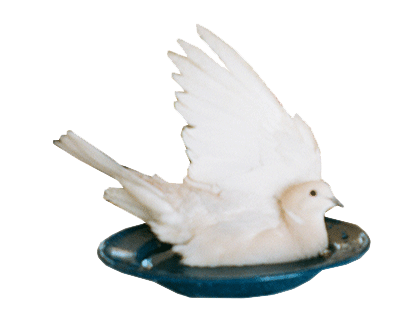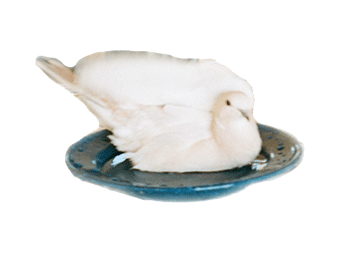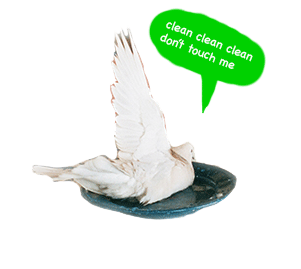


Perspective: using the perspective of another living, imaginary, or non-living entity. While one can never fully comprehend the perspective of a non-human, how might thoughtfully attempting a non-human perspective be useful in ecologic conversations?



EXPLORING: PERSPECTIVE
Since the rise of Western analytical science and Descarte's infamous claim (curse) that animals are no more than biological "automotons" the adoption of animal perspectives has primarily been relegated to children's stories or dismissed as purely symbolic of human traits. Probably the most famous grapic novel in the United States, the Pulitzer winning Maus by Art Spiegelman, used species boundaries to define Nazis as cats and Jewish people as mice during the Holocaust. Critiques included perpetuating the lack of agency or defense the Jewish people had at that time and throughout the horrors they endured (Garner). Embedded within this critique though are historic/cultural projections about these particular animals' relations to one another- not necessarily as they are, but how they are distinguished by humans as "predator" and "prey" heirarchies.
This type of anthropomorphized transference is common in society and often works cyclically between human groups and various species, reinforcing characteristics for political means, particularly among racial lines, as Mel Y Chen discusses in their book Animacies. Representations of animals and how animals are cast allegorically can directly affect physical lives, for both humans and animals.
After the book and film JAWS was released in the 1970's a surge in trophy hunting sharks occured and populations around the United States were immediately negatively affected, and have continued a downward trend since(Francis, 44). While one cannot suppose humans and non-humans to have the same lives and experiences, or that the scale of these repercussions are commensurate, humans are ultimately in control of these narratives and their dissemination, and therefore are accountable for some amount of acknowledgement, consideration, and mediation.
This is not to say people shouldn't try or that there isn't something to be gained by attempting. In David Herman's "Animal Minds in Nonfiction Comics" he ruminates that "minds of all sorts can be more or less directly encountered or experienced, depending on the circumstances" when the subjectivity of an other is truly engaged with (213). In fact
such an approach will explore not only the top-down normative effects flowing from cultural ontologies to discourse domains to ascriptive acts found in particular narratives, but also the way storytelling practices can themselves 'reset' default norms for understanding animals and human-animal relationships, incrementally reshaping cultural ontologies in the process (219).
---------------------
Bibliography
Chen, Mel Y. Animacies: Biopolitics, Racial Mattering, and Queer Affect. Durham, NC: Duke University Press, 2012.
Garner, Dwight. "After a Quarter Century, an Author Looks Back at His Holocaust Comic." The New York Times. October 12, 2011. Accessed July 15 2021, https://www.nytimes.com/2011/10/13/books/metamaus-by-art-spiegelman-review.html.
Herman, David. "Animal Minds in Nonfiction Comics." Animal Comics: Multispecies Storyworlds in Graphic Narratives. London: Bloomsbury, 2019.
More Resources:
Newfields: Temple Grandin on Visual Thinking and Animal Behavior